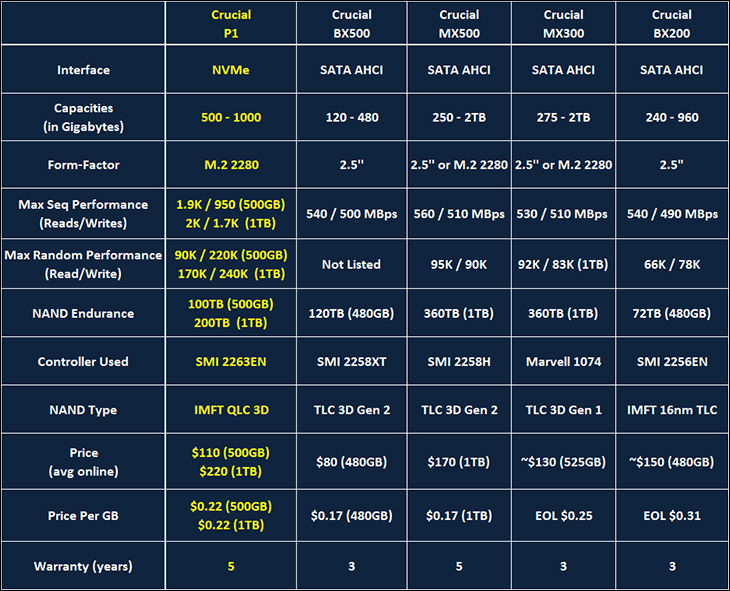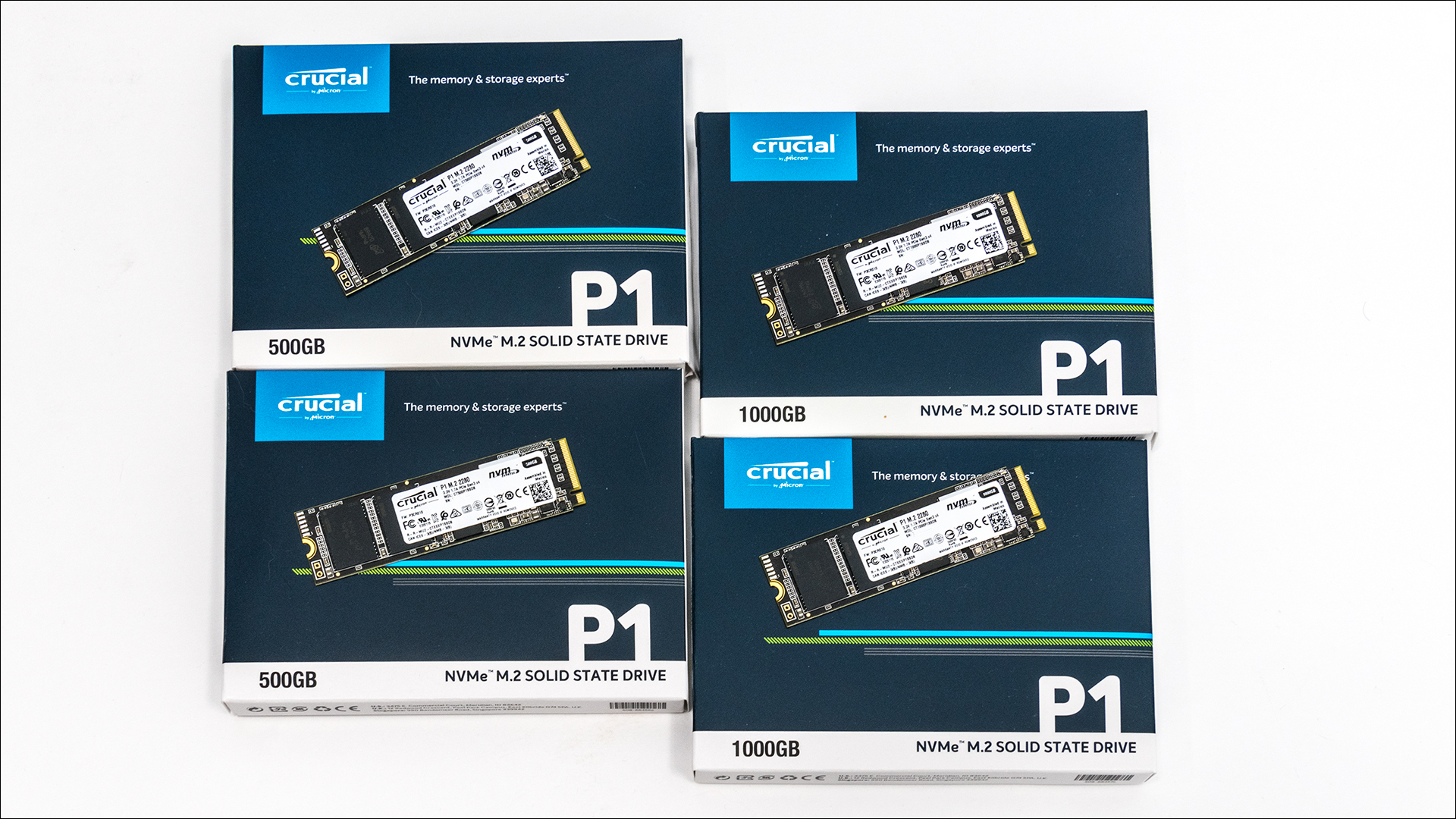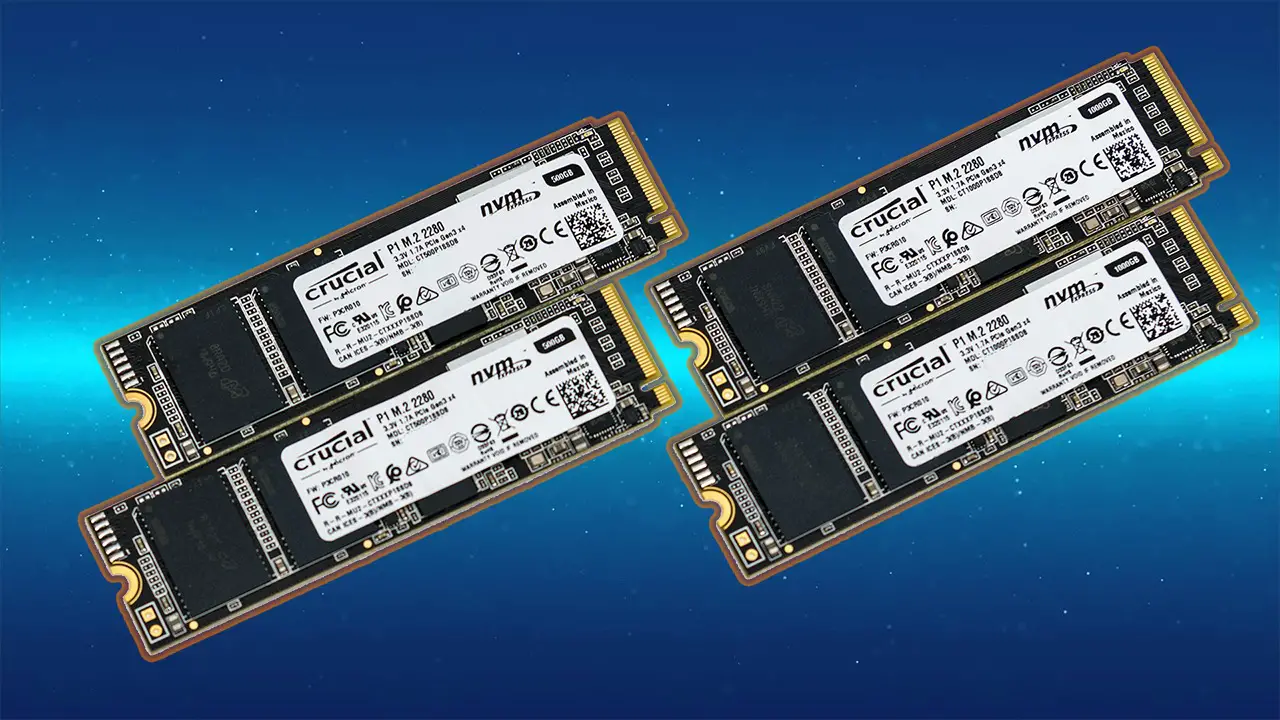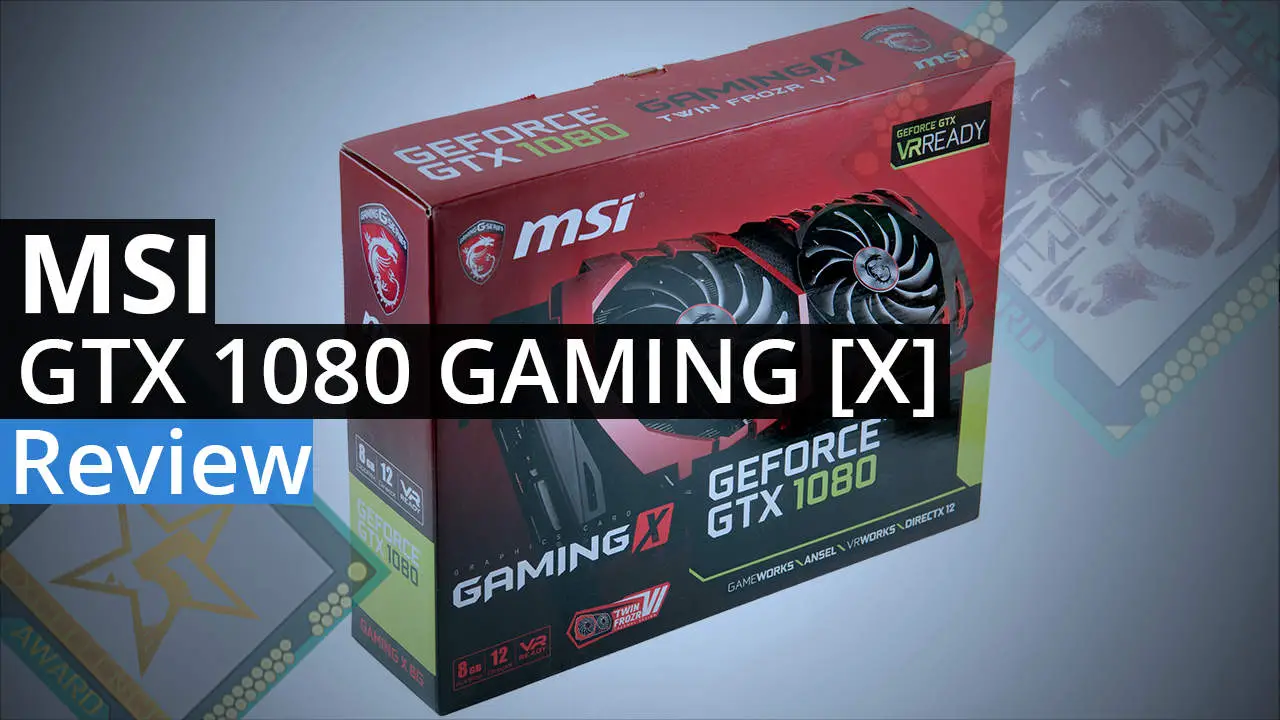Recently we took a long hard look at the all new Crucial P1 1TB and walked away impressed with the value it has brought to a segment of the marketplace that was sorely lacking in just that. Make no mistake the Crucial P1 series is not perfect. Due to a few underlying issues it is sensitive to temperatures, and thus can, will, and does throttle when the controller feels it is getting too warm. However even with this issue taken into consideration the P1 1TB is one heck of a value for those who can keep temperatures under control. Today we will be taking another look at the P1 series but this time with a focus on RAID performance. On top of this we will also be looking at the Crucial P1 500GB in and out of RAID configurations.

This last-minute addition to the original Crucial P1 RAID review was because the 500TB is awfully darn tempting. With an asking price that is precisely half that of the 1TB version it does beg the question on which is the greater value: two 500GB P1s in RAID or one 1TB P1 NVMe drive. After all, both options will provide the same storage capacity (1TB), have the same total amount(ish) of pSLC, same total amount of onboard RAM (1GB), cost the same amount (220 USD), and generally be two of the better bang for your buck options going.

So in addition to seeing how good the P1 1TB is for buyers looking for even more performance, we will be looking at the smaller version to see if it is indeed even a better value. That is a lot of ground to cover. So, let’s dig in and take a closer look at these bad boys and how well mannered they are when RAID’ed using simple OS / software RAID configurations.
Before we begin, we do want to make one thing clear. A few readers were confused how we do RAID reviews. The answer is… it depends. In the beginning we did solely rely on PCIe RAID controllers.
However, such devices reduce the true value of a setup… as they are not cheap. Instead, for storage devices that are orientated more towards entry or mainstream buyers – like the P1 and BX500 before it – we are not using any special RAID controller hardware. Instead we are using either OS ‘RAID 0’ (aka software RAID 0), or motherboard RAID 0 (aka ‘Super Speed’ in the EZ Tuning Wizard) via the BIOS (and Intel RST drivers). These are free options that add nothing to the bottom line. So unless otherwise noted, consider a given test the result of OS software RAID configurations.











